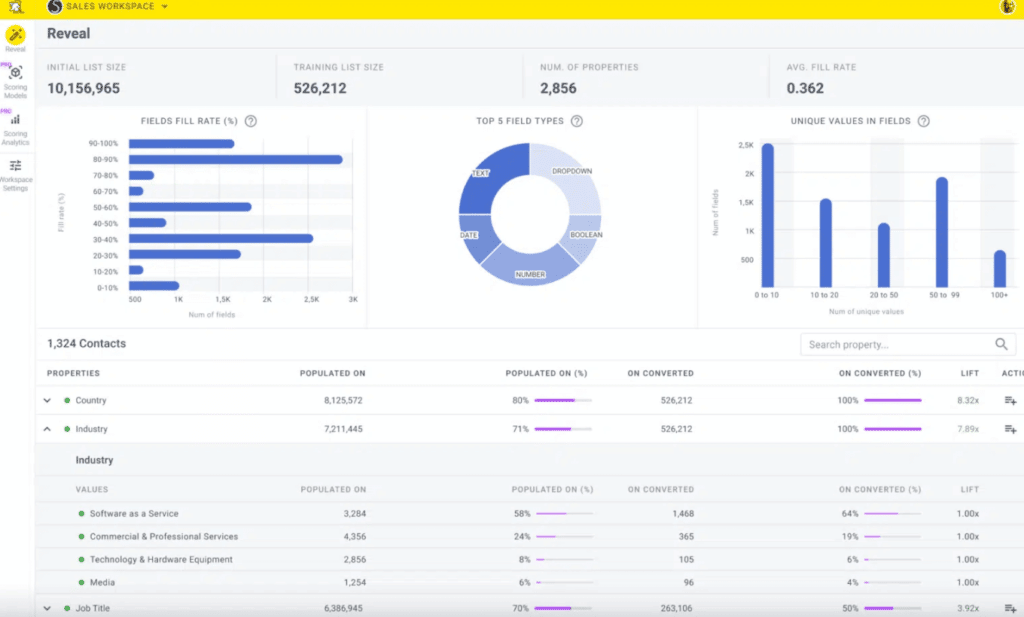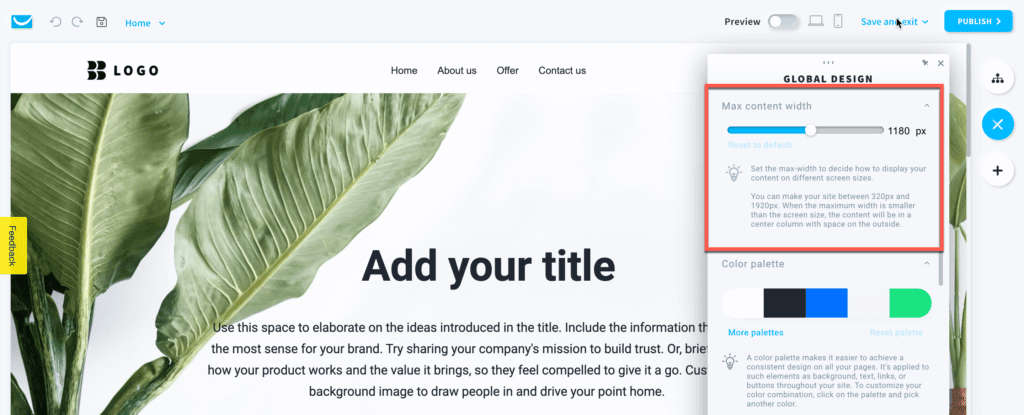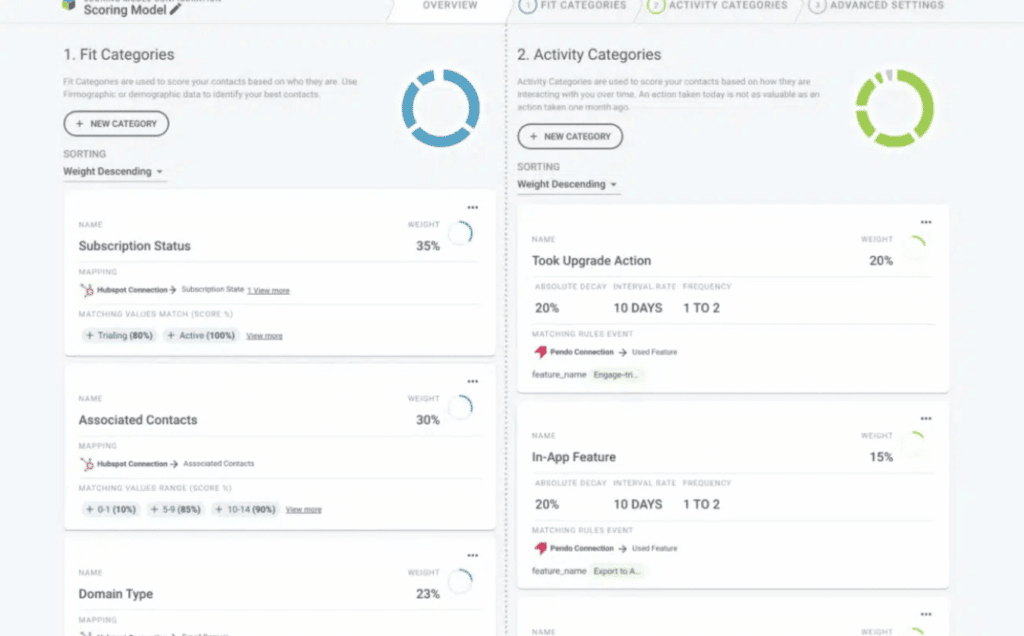In an effort to move upmarket, Brex closed its SMB customers’ accounts.
The news came as a nasty shock, as the $12.3 billion valued company started out serving small businesses and had recently rolled out advertising to attract them.
Startups are hard-wired to move upmarket when they scale. But unlike Brex, the startups and agencies featured in this guide hold SMBs close to their hearts.
Today, you’ll learn the most important lessons in moving upmarket without overlooking your smaller customers.
Breadcrumbs is a revenue acceleration platform. Book a 30-minute demo with us to identify your best upmarket clients today.
What is a Move Upmarket Strategy?
A move upmarket strategy refers to startups acquiring enterprise customers, resulting in greater revenue and growth.
5 Mistakes to Avoid When You Move Upmarket (with Lessons Learnt)
Enterprise sales require different strategies. Unfortunately, many startups remain stuck in their approaches, using the same methods that brought them their SMB customers. Here are five traps to avoid at all costs.
1. Applying the same sales cycle
Sales consistency drives performance.
With a repeatable sales process, sales reps close deals in a steady manner. It also helps the sales manager forecast future revenue accurately. Instead of relying on guesswork, you can easily estimate your reps’ time to close and course-correct as needed.
But a structured sales approach is meaningless if you fail to consider the sales cycle of your upmarket customers.
Unlike small to mid-sized businesses, enterprise sales cycles take much longer—over seven months to be exact! There are more stakeholders, and competing priorities (e.g., security standards) tend to get in the way.
We experienced a similar issue at Breadcrumbs.

When we moved upmarket, we realized that these larger companies required detailed scoping and coordination between functional teams to get their lead scoring in order.
Joe Aicher, the director of RevOps solutions at Breadcrumbs, recounts the experience, “We had to adjust our expectations on the sales cycle length, how involved we needed to get, and what customers expected out of the application.”
He cautions, “If you don’t consider these blind spots early on, you’ll be chasing deals that aren’t ready to close.”
Lesson #1 when you move upmarket: Operate on your enterprise clients’ timeline, not yours.
2. Going too narrow in market segments
There are many benefits to focusing on specific customer profiles as you move upmarket, such as reduced competition and targeted outreach.
However, going too narrow in a market segment, according to Linda Shaffer, chief people, and operations officer at Checkr, risks missing growth opportunities.
“We thought we knew who our ideal customer was and didn’t bother to consider other potential markets,” shares Linda.

“It’s important to always keep an open mind when it comes to your target audience. As your business grows and matures, there might be other markets that fit your products or services better.”
Here are three quick examples to show you what we mean.
For a video chat platform with live interaction tools, maybe it’s on-site technicians who need it, not locally licensed doctors.
For a GPS fleet tracking app, maybe it’s household service businesses, not logistics companies.
For a learning management system (LMS) with playbooks, maybe it’s companies with a distributed sales force, not EdTech companies.
Lesson #2 when you move upmarket: Explore and experiment with different marketing strategies to identify your upmarket customers.
Pro tip: Identify the attributes and actions that bring you the biggest revenue via Breadcrumbs Reveal:
- Connect your customer data tools (e.g., HubSpot)
- Choose the segment of contacts to define success (e.g., enterprise or custom plan)
- Analyze your results
Breadcrumbs will predict the industries and actions that result in the biggest revenue for your company.

Next, update the changes in your ideal customer profile (ICP).
Understand what your upmarket customers look like today so that you can identify them quickly and close more of them in the days ahead.
Grab your free Breadcrumbs Reveal account today.
3. Forgetting to take your content upmarket
B2B enterprise decision makers are prioritizing customer segmentation.
So… what does this tell us?
An urgent need to refine the focus on specific targets, send targeted messages according to the customer journey, and improve the ROI of marketing efforts.

One thing is clear:
The content that works for your small and mid-sized businesses is unlikely to work again with your enterprise customers.
Collen Clark, managing partner at Schmidt & Clark, LLP, agrees:
“If you model your strategies after the original ones used for the current target audience, you will likely fail moving upmarket.”
Your current customers and prospective upmarket clients experience different pain points.
Let’s illustrate this with an example.
Suppose you own a company that sells LMS software to individual course creators and enterprises.
In your research, you discovered that these individual course creators are newbies on a shoestring budget. Therefore, you focus on the following keywords:
- What is a LMS
- Best free LMS
- Online course platform
These keywords are great from an individual creator’s standpoint, as they align with their pain points and customer journey.
But if we were to look at it from the enterprise’s perspective, these keywords are irrelevant. For starters, they probably don’t need a free LMS given their huge budget!
Keywords like the following are much better:
- Upskilling employees
- LMS training
- LMS white-label
Lesson #3 when you move upmarket: Moving upmarket is an enterprise experiment. Allocate assets for content creation and A/B testing of new offers and messages.
Make sure your brand positioning and product positioning strategies are up-to-date. Both must be updated to reflect the new ICP.
-
What Is B2B Retargeting and How Can It Generate More Leads?
Read more: What Is B2B Retargeting and How Can It Generate More Leads?Have you ever casually browsed a product online, only to suddenly see ads and promotions…
4. Neglecting your current customer base
When your startup moves upmarket, the target audience will change, including their employment, education, and income data.
At this stage, you’ll create content tailored to their needs and change your marketing strategy.
Sounds straightforward, right?
Not exactly.
“This only serves as a starting point,” says Nathan Hughes, a marketing director at Diggity Marketing.
He admits to Breadcrumbs, “I made the mistake of completely relying on the new demographics and ignoring our existing customer base.”
Lesson #4 when you move upmarket: Loyal customers and prospective clients are equally important. Unless your ICP has drastically changed, you should be careful in allocating marketing and product resources to attract your new upmarket customers. You don't want to neglect your current customer base! “There’s no magic number in how you should split your budget between the new and old ICP,” shares Massimo Chieruzzi, CPO of Breadcrumbs. “It really depends on how aggressive you want to be and how you acquire customers.” For example, if you’re focusing on content marketing, you might allocate your entire budget to the new segment without losing any traction in the old one. However, if you’re acquiring customers in advertising, you’ll need to allocate for both audiences.
5. Neglecting the core features that bring you money
Ever heard of the Shiny Object Syndrome?
It’s where folks chase new trends, ideas, and opportunities without considering the benefits.
GetResponse has some experience in this area. Several months after launching an AI website builder, the marketing team spent a lot of time promoting it.

“The website builder brought us great scale, as the market is 3X bigger than email marketing and 5X bigger than marketing automation,” recalls Aleksandra Korczynska, the CMO of GetResponse.
“But the upgrade ratios are 3X lower than email marketing and 5X lower than marketing automation.”
Over time, the team discovered that while it’s easy to acquire cheap users in this market, monetizing it is much much harder.
“We saw huge growth numbers in traffic and sign-ups, but much smaller growth in revenue numbers,” shares Aleksandra.
All is not lost, however.
The team quickly shifted its focus back to marketing automation and email marketing. Currently, they’re developing advanced ecommerce solutions. And as for the website builder, GetResponse is offering it for free, using it as a low-cost lead magnet.
Lesson #5 when you move upmarket: Never lose sight of the core features that bring you revenue.
This brings us to our next question.
How do you identify the product feature that converts users to paying customers?
First, integrate your CRM with Breadcrumbs. Next:
- Connect your product analytics tool (e.g., Pendo)
- Determine what makes a sales-qualified lead (e.g., CMO from mid-market or enterprise with 100 employees)
- Set the scoring model live
Breadcrumbs will combine your product data + customer data in one place. You can quickly track each enterprise lead’s actions, determine the features they love, and gauge their sales-readiness.

Identify your best upmarket leads with no guesswork and analyze your money-making features at a glance. Book a 30-minute demo with Breadcrumbs today.
Move upmarket with these lessons in mind
We can avoid making the same mistakes by learning from these startup upmarket cautionary tales.
In addition to choosing your market segments, focusing on your strengths, and updating your marketing messages, you should also nurture your customer relationships.
Then, and only then, will your move upmarket strategy succeed.
Book a 30-minute demo with Breadcrumbs to identify your best enterprise leads quickly today.



